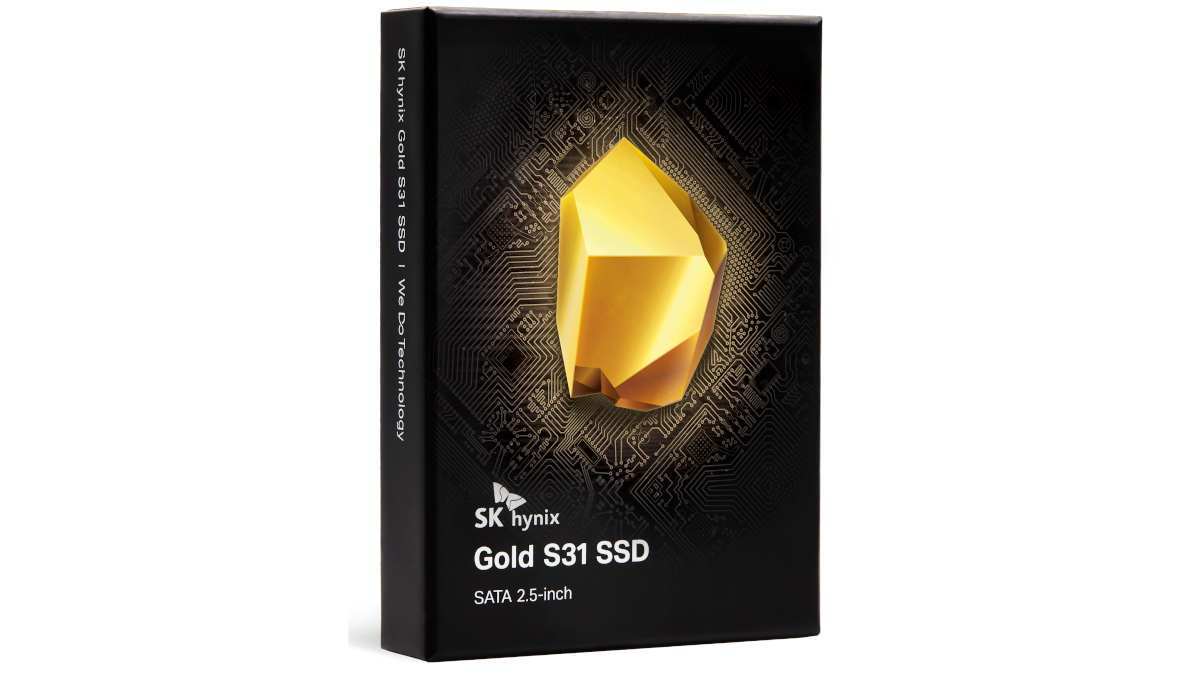

(Image: Oxford University Press)
You might be surprised by how much the world can change in one year. Elections are held, wars are waged over new country borders and millions of people are born and die each year. With the Oxford University Press’s Atlas of the World, put out annually, you are always getting the most up-to-date information. The 16th edition, which I recently received to review, came out this month.
Atlas of the World is the only world atlas that is updated annually. It contains not only maps of the entire world, both large and small, but it also contains a staggering number of details and facts. While this atlas is still a decent size, it is lighter and slightly smaller than some other current world atlases. This isn’t a bad thing, since Atlas of the World is still large enough for plenty of detail, but it is actually small enough to comfortably use. Other atlases are so large and heavy that you may find that you’re making excuses to not pick them up.
A walk-through of the book starts with the front cover. As an upgrade over last year‘s hardback and paper dust jacket arrangement, this year there is a new “paper-over-board matte cover.” This is an improvement, since the cover itself has the cover image, and there is no dust jacket to tear. It also is easier to shelve. Inside the front and back covers, there is a key to the maps contained in the atlas, so you can quickly find what page to which you need to turn.


(Image: Oxford University Press)
After a brief User Guide and table of contents comes some statistics such as country sizes, climates and populations, all made up-to-date for this new edition. Then comes plenty of gorgeous satellite imagery of cities, regions and interesting geologic spots. These images are updated for this year and include images such as Shanghai, New Zealand’s Cook Straight and a completely new image of Tehran.
Next up is an extensive Gazetteer of Nations, listing every country, their flag, where they are located on the globe and, for most, plenty of almanac-type information about the country. You could spend many hours here learning about countries you may never even have heard of!
A large Introduction to Geography section follows, which is a mini book (with large pages) all by itself. It starts out covering the universe, then our solar system, seasons, geology and land forms, oceans, atmosphere, climate and climate change, physical geology, population, cities, the human family, conflict and cooperation, food production, energy, minerals, employment and industry, trade, health, wealth and standards of living. It compares data from countries and regions all over the world.
The next section has street maps of a large number of major cities all over the world. It is particularly interesting to me to see how different cities are laid out. Ancient versus modern, west versus east. Which ones have ring roads? Which ones have meandering streets downtown?
Now, we’ve finally arrived at the part most people think of when they think of a world atlas: the maps. First are maps of the world as a whole, along with the arctic, Antarctica, and a few islands. Then the sections are broken down by continent. Each of the other six continents is first detailed in a satellite image, and then in a physical map and political map. The smaller maps that follow combine physical and political components, and break the planet down into smaller chunks. These are the maps that I like to peruse at length. A short geological glossary comes next, followed by the lengthy index.
As with most world atlases I have seen, this book is full of useful and fascinating information. It is a great reference for school, for satisfying your curiosity or for settling bets with friends. It sets itself apart from other world atlases by two things, however: First, this atlas is updated every year, so you can count on the information in the newest edition being as recent as possible. Second, there is gorgeous satellite imagery throughout the book. It often makes the world feel small to me, and reminds us that we’re all on the planet together.
Wired: Up-to-date information, satellite imagery, complete Gazetteer of Nations.
Tired: It’s not very portable (I had to really reach for this one).



